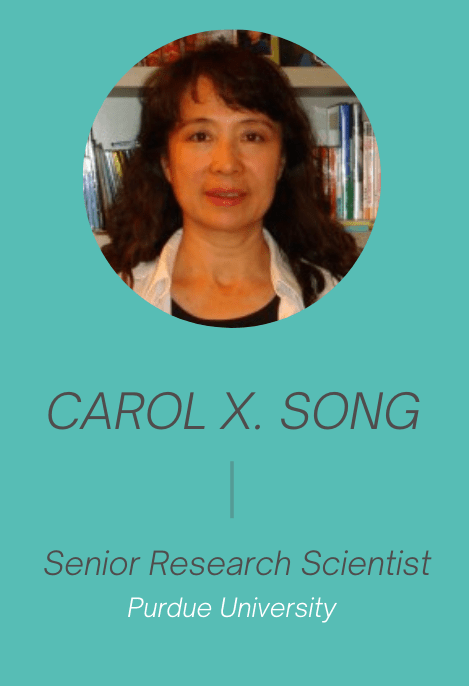
Learn more about Carol's professional roles:
My career path is definitely not a straight line, but every twist and turn was a valuable learning experience and helped me arrive at where I am today.
I came of age when my home country reopened the universities to the general population since their closure a decade earlier. While in high school, I took it as a given that I would become a farmer after graduation, joining millions of other high schoolers before me – college education was not in my cards. Then the political landscape changed overnight. It was quite astonishing when the doors of college suddenly opened to me. I got in and majored in computer science even though I had not seen a computer before, and my only knowledge about computers at the time was that they were the future.
Fast forward a bit, I landed at the University of Illinois at Urbana-Champaign to pursue a Ph.D. degree in computer science. My path to HPC started here — I joined the National Center for Supercomputing Applications (NCSA) as a research programmer, one of only a handful employees initially, in an era when the NSF HPC centers program just started. Working alongside the visionary leaders of scientific computing was exciting. My job included creating tools to access and run programs more efficiently on the Crays (can you imagine that there was a time when researchers could only see one line of code at a time when they edited a program on the supercomputer?) and creating visualization tools to help scientists view color rendering and animations of their simulation output. I spent five years at NCSA, thoroughly enjoyed my work there, and learned a ton about supercomputers, scientific visualization, creating tools for domain scientists, and perhaps more importantly, I learned from the leaders of the field and learned how to collaborate across disciplines.
After getting my Ph.D., I worked in the industry for many years in both big corporations and startups at a time when many industries were transitioning into the digital world. For example, at 3M I led and developed software products for the medical imaging field that went from printing medical images on hard films to making diagnoses directly on computer screens. Later at a content delivery company for the media industry, I led projects that utilized the rapidly increasing speed of wide-area networks to completely transform content delivery for print publishers. I also ran my own startup developing mobile applications, learning everything from developing software for Palm Pilot and Windows CE to managing the financials.
I moved to West Lafayette, Indiana, as my husband took a faculty position at Purdue University. That happened to be the time when Purdue’s HPC program was expanding rapidly. Jim Bottum was our inaugural CIO, and Purdue became a new site in the NSF-funded TeraGrid project. The opportunity to work on HPC again and most likely to expand beyond just parallel computing was very exciting and energizing. I joined Purdue’s Rosen Center for Advanced Computing as a senior research scientist in 2005 and had the wonderful opportunities to lead Purdue’s TeraGrid project and later our partnership in the XSEDE and XSEDE 2.0 projects. It was however quite a challenging turning point for me. Not being in a faculty position, I had no credibility in the academic research world (beyond my Ph.D. thesis work), and no mentor for guidance either. Still, research computing is what I love to do, and I am passionate about bridging technology with cutting-edge scientific research and engineering applications that have an impact on people’s lives. Gradually, I built and expanded collaborations through proposal writing and contributing to projects. Three years after I joined Purdue, I received my first NSF grant as a principal investigator. I have also built a research software engineering team with members from diverse cultural backgrounds, 50% women, with a very high success rate of research funding ($60M and counting). Along this journey, HPC has evolved tremendously, extending way beyond the tightly coupled computation. Today my team not only helps researchers and students use and learn advanced computing, but also builds data frameworks to help connect data, models, analysis, and everything in between, while constantly learning and incorporating new methods, new computing modalities into the research workflow. There are many roles and abundant opportunities in research computing as it is rapidly becoming a necessary component of all research and learning.
Learn more about our other HPC Heavy Hitters:
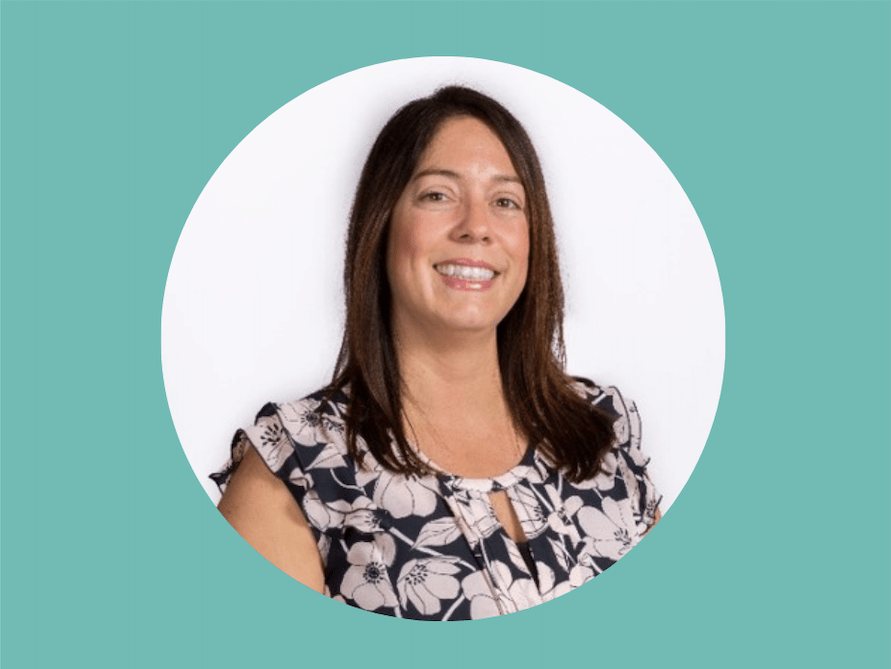
Marisa Brazil
Arizona State University
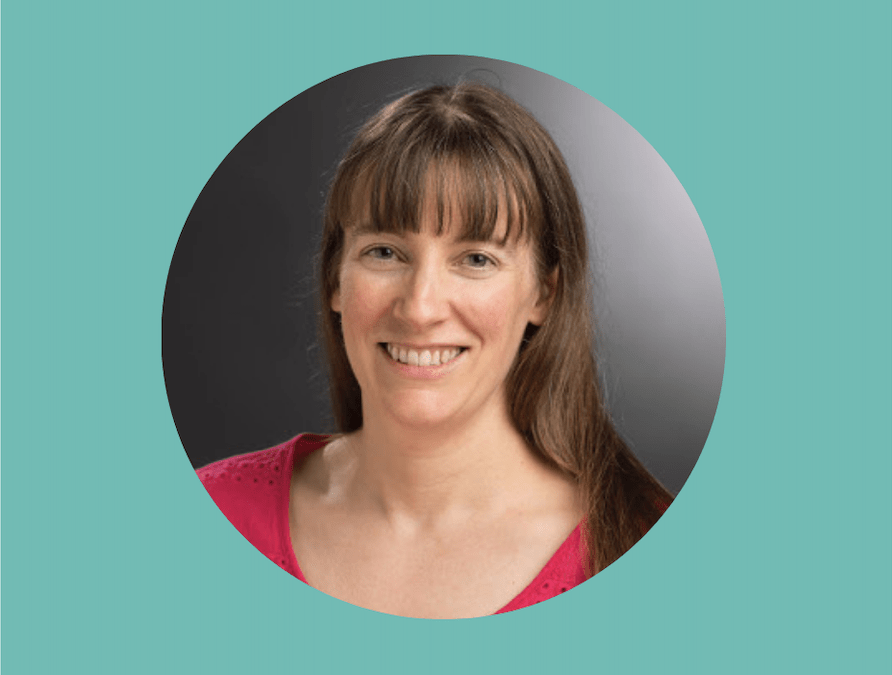
Elizabeth Cherry
Georgia Tech
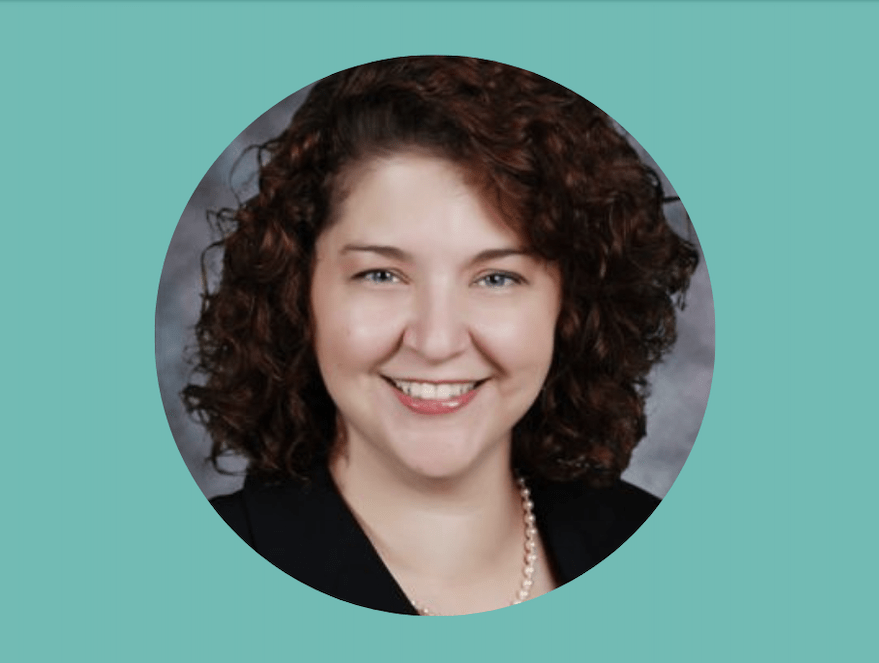
Melyssa Fratkin
Texas Advanced Computing Center
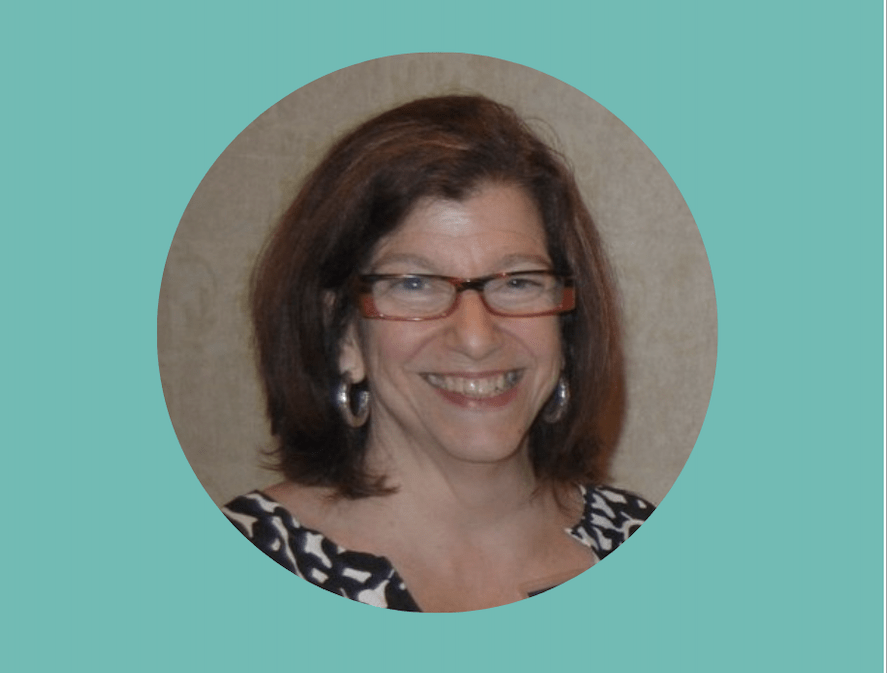
Jill Gemmill
Clemson University
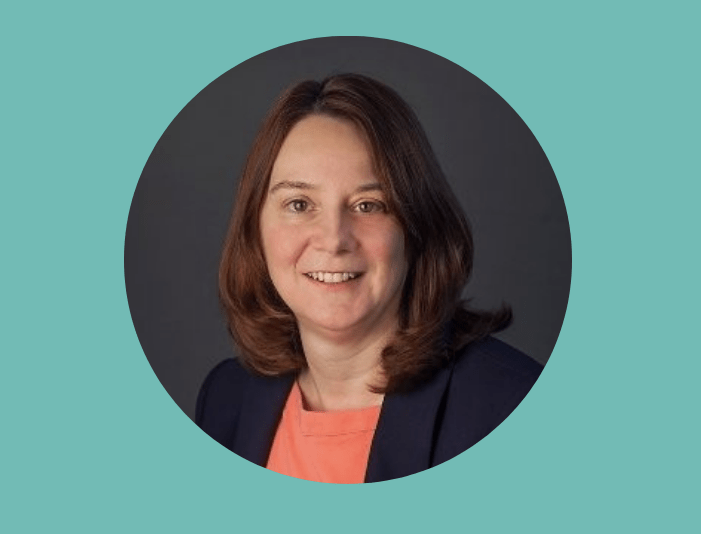
Karen Tomko
Ohio Supercomputer Center

